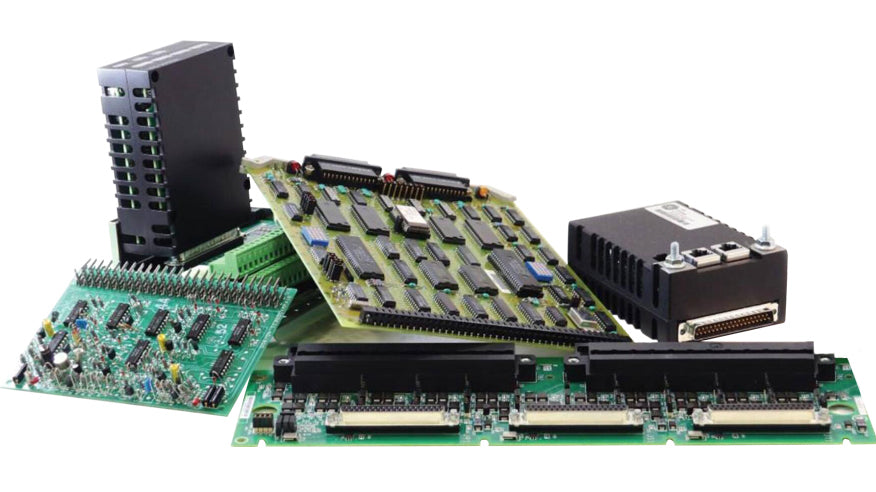Power system protection is vital for the stability and safety of modern electrical grids. As power networks expand with more generators, transformers, and transmission lines, the risk of faults increases. Protective systems help isolate problems and maintain continuous service.
Role of Protection Relays and Circuit Breakers
Relays and circuit breakers are essential components of any power protection system. Relays detect abnormal conditions such as short circuits, overcurrents, or voltage dips. Once triggered, they activate circuit breakers to disconnect the faulted section quickly. This rapid isolation prevents broader damage and power outages.
Key Characteristics of Protection Systems
Reliability
Protective devices must always function when required, despite remaining idle for long periods. Failure to operate during a fault can cause severe system damage.
Selectivity
Protection systems must only react to true faults. Selective operation prevents unnecessary tripping and maintains power supply to unaffected areas.
Sensitivity
Devices must detect even slight deviations from normal conditions. Early fault detection reduces equipment stress and system disruption.
Speed
Swift action prevents cascading failures. Delayed response can compromise healthy parts of the grid and increase restoration time.
Faults in Electrical Circuits
Electrical faults occur when current deviates from its intended path due to insulation breakdowns, overloads, or short circuits. This lowers resistance and increases current flow, damaging equipment if not isolated quickly.
Role of Switchgear in Protection
Switchgear provides control, regulation, and protection across power systems. It includes:
-
Fuses: Melt under excess current. Require replacement after activation.
-
Isolators: Disconnect circuits during maintenance. Operate only when no current flows.
-
Circuit Breakers: Interrupt faults and can be reset. Essential for dynamic protection and reusability.
Arc Interruption and Circuit Breaker Operation
When circuit breakers open, an electrical arc forms. Breaking this arc is critical to stopping current flow. Factors affecting arc extinction include:
-
Ionization of the air gap
-
Contact distance
-
Arc cross-sectional area
High arc resistance leads to faster extinction and safer interruption.
Voltage Characteristics in Circuit Breakers
Three voltage types define breaker performance:
-
Arc Voltage: Appears during arc presence
-
Restriking Voltage: Emerges immediately after current interruption
-
Recovery Voltage: Final stable voltage post arc extinction
Breakers must withstand these voltages to ensure safe isolation.
Conclusion
Protective systems are the backbone of modern power network stability. They prevent equipment damage, minimize outages, and enable efficient grid operation. As grids evolve, protection must become faster, smarter, and more adaptive to meet future demands.

